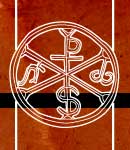
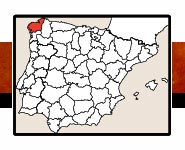

 |
 |
||
 |
|||
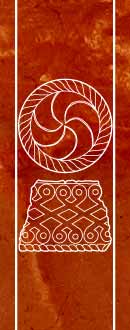 |
(40)/BE-C/CORU-Santia-40.jpg) |
-55/BOOK-cort-40.jpg) |
 |
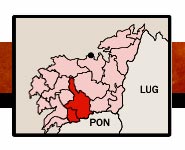 |
||
 |
|||
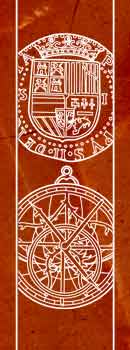 |
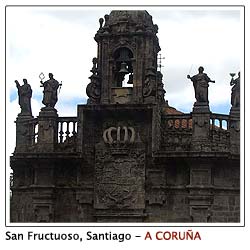 |
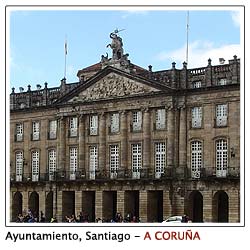 |
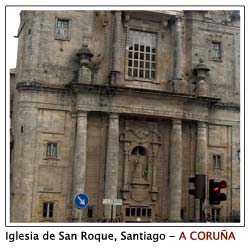 |
 |
ACCESO POR CARRETERA (SANTIAGO DE COMPOSTELA) UBICACIÓN DE ENCLAVES:Santiago de Compostela se ubica en el sur de A Coruña, tiene buenas comunicaciones como la AP-9 (Coruña y Betanzos al Norte y Pontevedra-Vigo al sur), la AP-53 (Orense) y la AG-54 (a Lugo y Madrid); es el punto final del famosísimo “Camino de Santiago”, que conecta Galicia con toda Europa. Ver el plano para ubicar los monumentosSANTIAGO: La catedral se ubica en el centro urbano. El acceso a la catedral se realizaba antes por la plaza del Obradoiro, pero hoy se accede por la puerta de Platerías. |
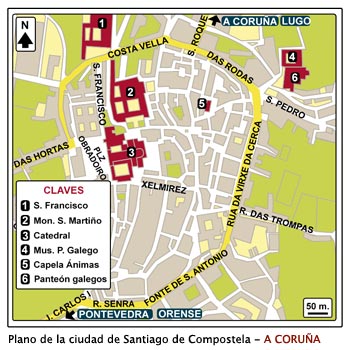 |
ACCESS BY ROAD (SANTIAGO DE COMPOSTELA) LOCATIONSantiago de Compostela is located in the south of A Coruña, has good communications such as the AP-9 (Coruña and Betanzos to the north and Pontevedra-Vigo to the south), the AP-53 (to Orense) and the AG-54 (to Lugo and Madrid); it is the final point of the famous “Camino de Santiago”, which connects Galicia with all of Europe. See the map to locate the monuments.SANTIAGO: The cathedral is in the city center. Before the access to the cathedral was performed by the Obradoiro's square, but today the access is by the Platerias' door. |
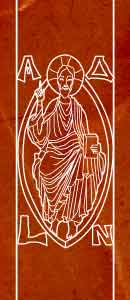 |
ACCESO DE MINUSVÁLIDOSSANTIAGO: Aquí los minusválidos pueden acceder por la plaza de la Quintana, pudiéndose ver gran parte del interior de la iglesia. SAN CAYETANO: Acceso factible con silla de ruedas. SAN MARTÍN Y SANTA CLARA: Acceso no factible tiene una amplia y larga escalinata. |
ACCESS FOR THE HANDICAPPEDSANTIAGO: The handicapped can access by Quintana's square, being able to see much of the inside the temple. SAN CAYETANO: Feasible access with wheelchair. SAN MARTÍN & SANTA CLARA: Access not feasible has a wide and long stairway. |
|||